Optimal Timing for Water Testing
Water testing is essential for maintaining water quality and safety. The timing of tests can impact the accuracy of results and help identify issues promptly. Regular testing schedules should align with seasonal changes, water usage patterns, and specific environmental conditions.
Conduct water tests at the start of each season to detect seasonal variations in water quality.
Test after heavy rainfall or storms to identify potential contamination from runoff.
Schedule regular testing every 3 to 6 months for ongoing water quality monitoring.
Test water at the beginning of new installations or after system repairs to ensure safety.
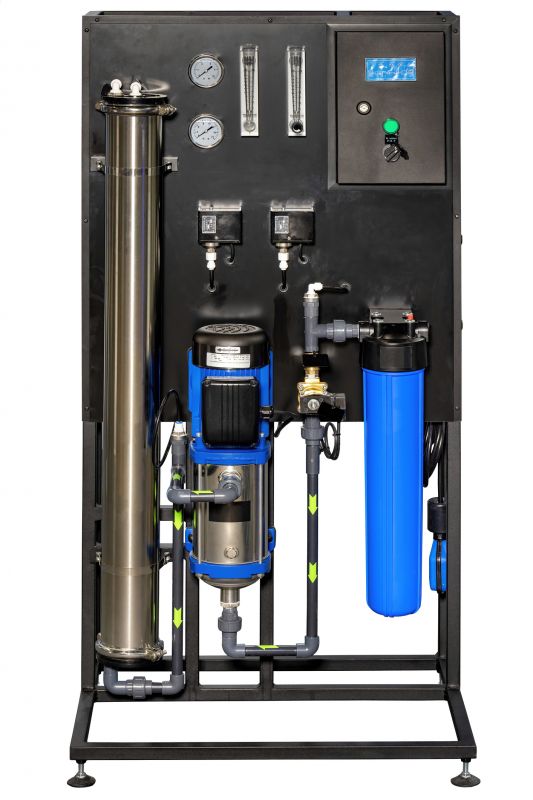
Various tools are used to analyze water samples for contaminants and chemical levels.
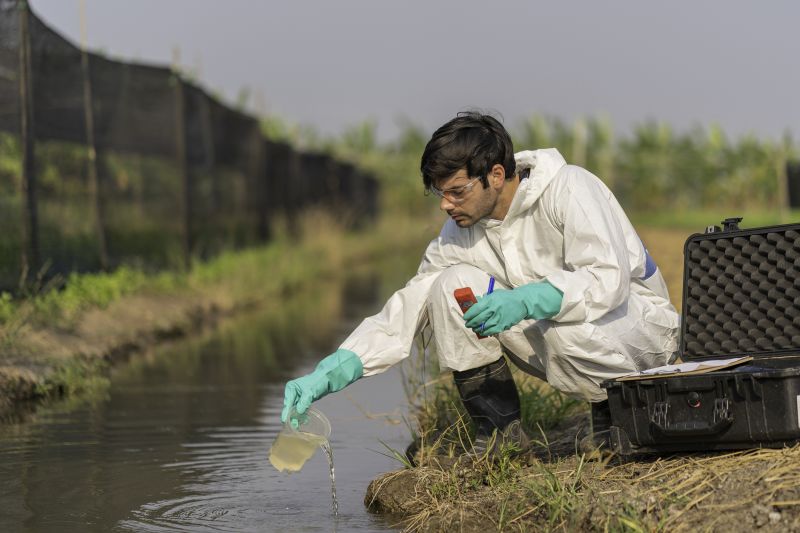
Proper sample collection techniques ensure accurate testing results.
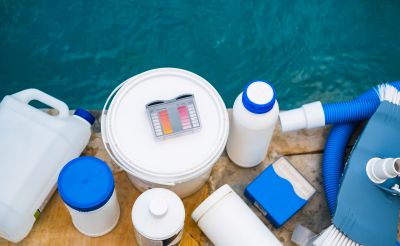
Samples are analyzed in labs to detect pollutants and ensure water safety.
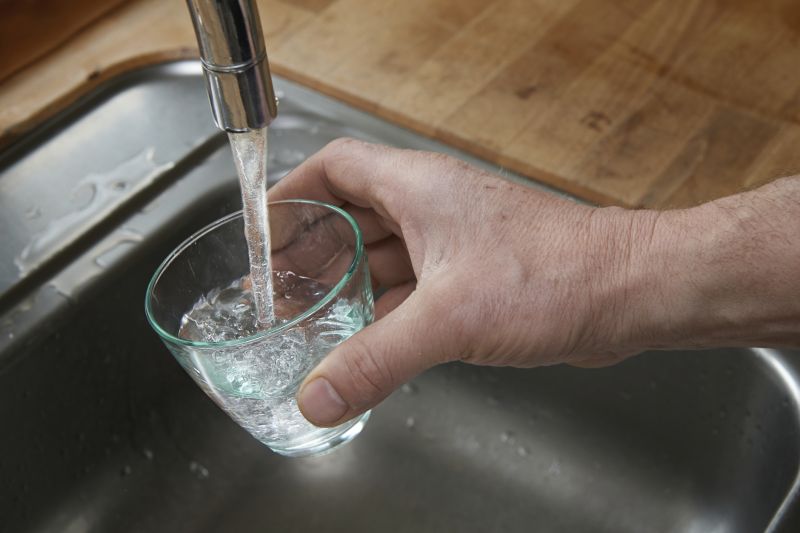
Ways to make Water Testings work in tight or awkward layouts.
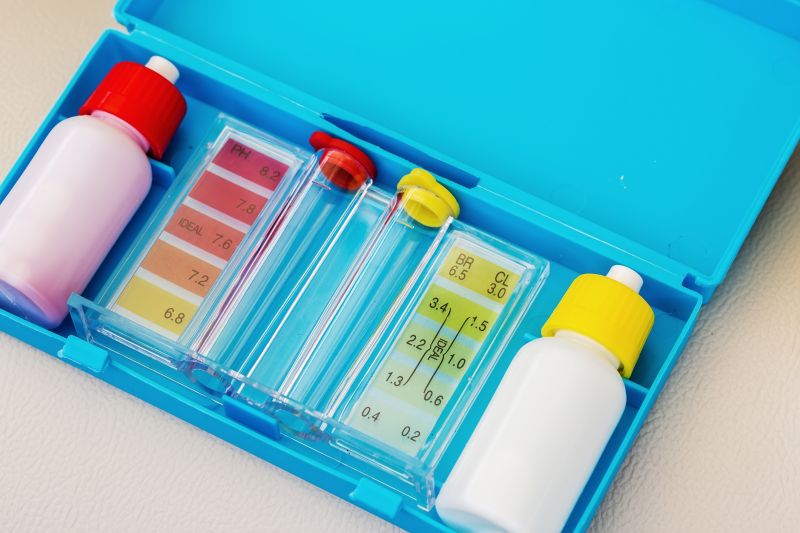
Popular materials for Water Testings and why they hold up over time.
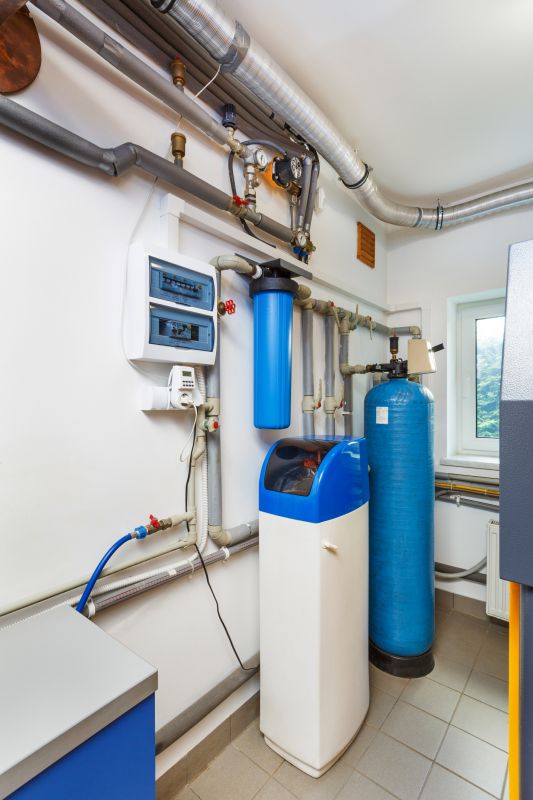
Simple add-ons that improve Water Testings without blowing the budget.
| Timing Consideration | Purpose |
|---|---|
| Seasonal Changes | Monitor variations in water quality throughout the year. |
| Post-Weather Events | Identify contamination following storms or heavy rainfall. |
| Routine Checks | Maintain ongoing water safety with regular testing. |
| System Installation | Verify water quality when setting up or repairing systems. |
| Pre-Usage Testing | Ensure safety before using new water sources. |
Water testing provides critical insights into water quality, helping to detect contaminants, chemicals, and pollutants that may pose health risks. Regular testing is vital for maintaining safe water supplies, especially in areas prone to environmental changes or pollution. Accurate testing involves proper sample collection, timely analysis, and adherence to recommended testing schedules.
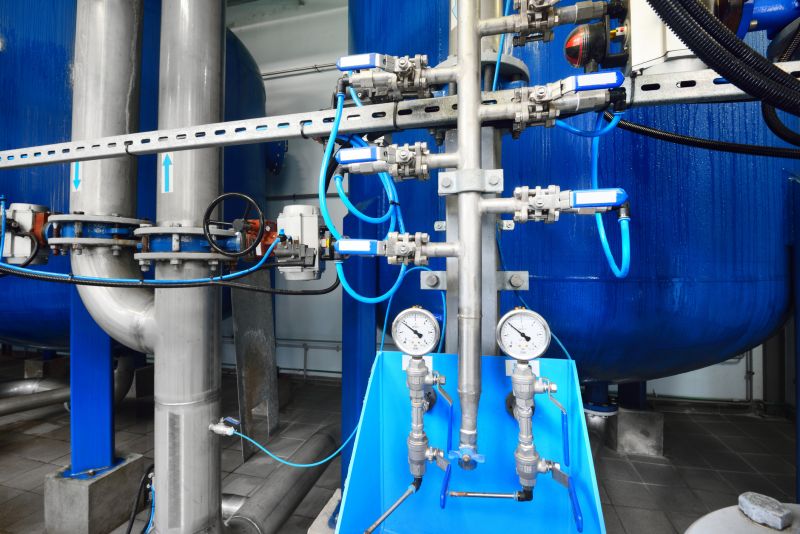
Tools used for collecting representative water samples.
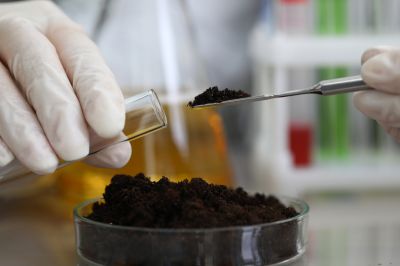
Analysis of water samples for contaminants and chemical levels.
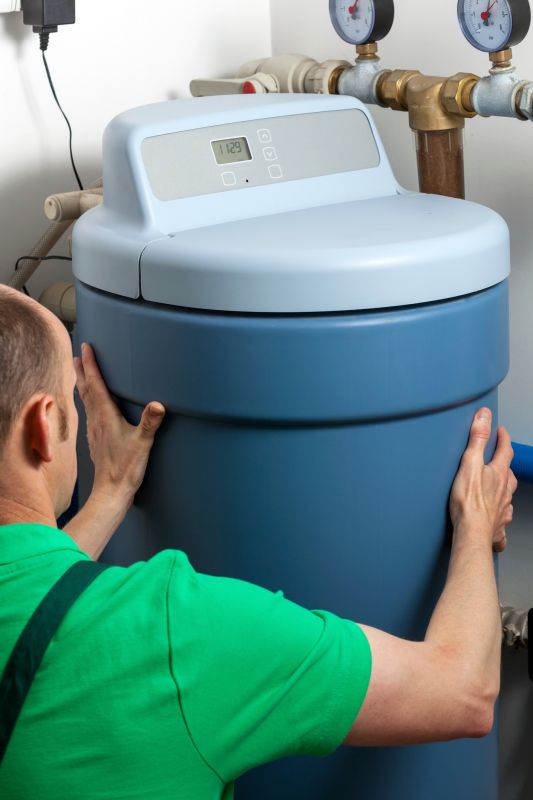
Understanding test results to assess water safety.
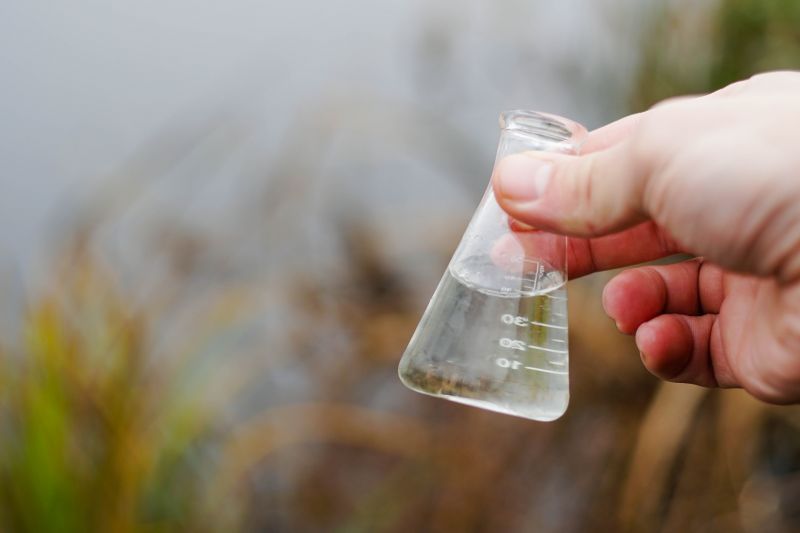
Documentation of testing outcomes for ongoing monitoring.
Interested in ensuring water safety through testing? Filling out the contact form provides access to professional water testing services tailored to specific needs. Regular testing helps maintain water quality and addresses potential concerns promptly.
